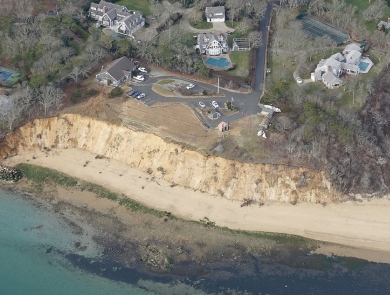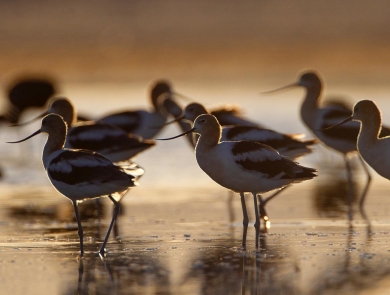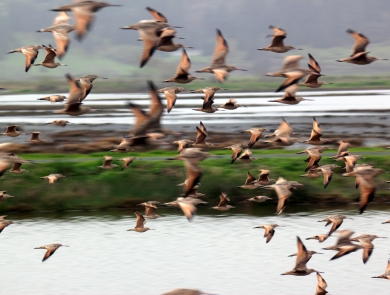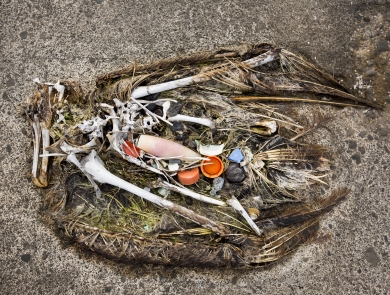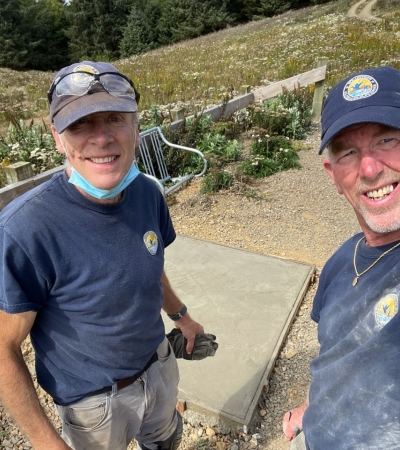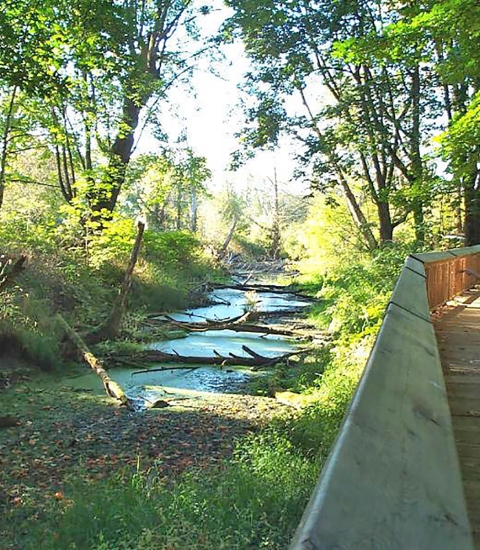Facility
Location
Address
12985 E. U.S. Hwy. 50
Seymour, IN 47274
United States
Volunteer Position Overview
Volunteers Needed
-
Recruitment Start Date
Recruitment End Date
Days
Tuesday, Wednesday, Thursday
Training Required
No
Security Clearance Needed
Yes
Virtual
No
About This Position
Volunteer will serve as Visitor Center Aide in the refuge Visitor Center. Twenty-four hours of work per week is required. The only lodging opportunity is an RV pad with full hookups but applications will also be accepted by those who can find their own lodging locally.
Duties/Activities
Visitor Information
Stories About Volunteering
Other Ways to Work with Us
Are you looking for something different than a volunteer opportunity? The Fish and Wildlife Service employs around 9,000 people nationwide and offers great internship opportunities every year.
